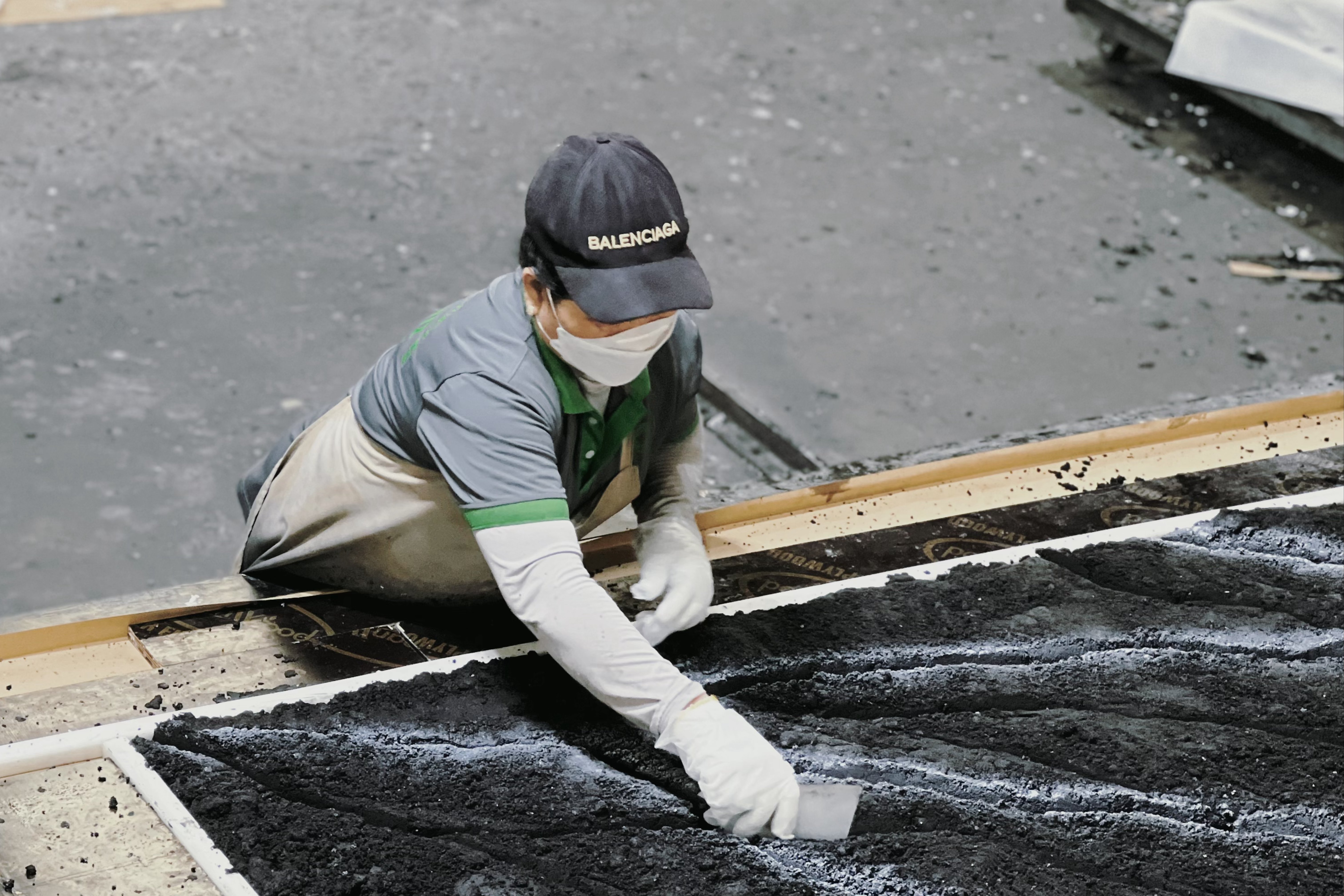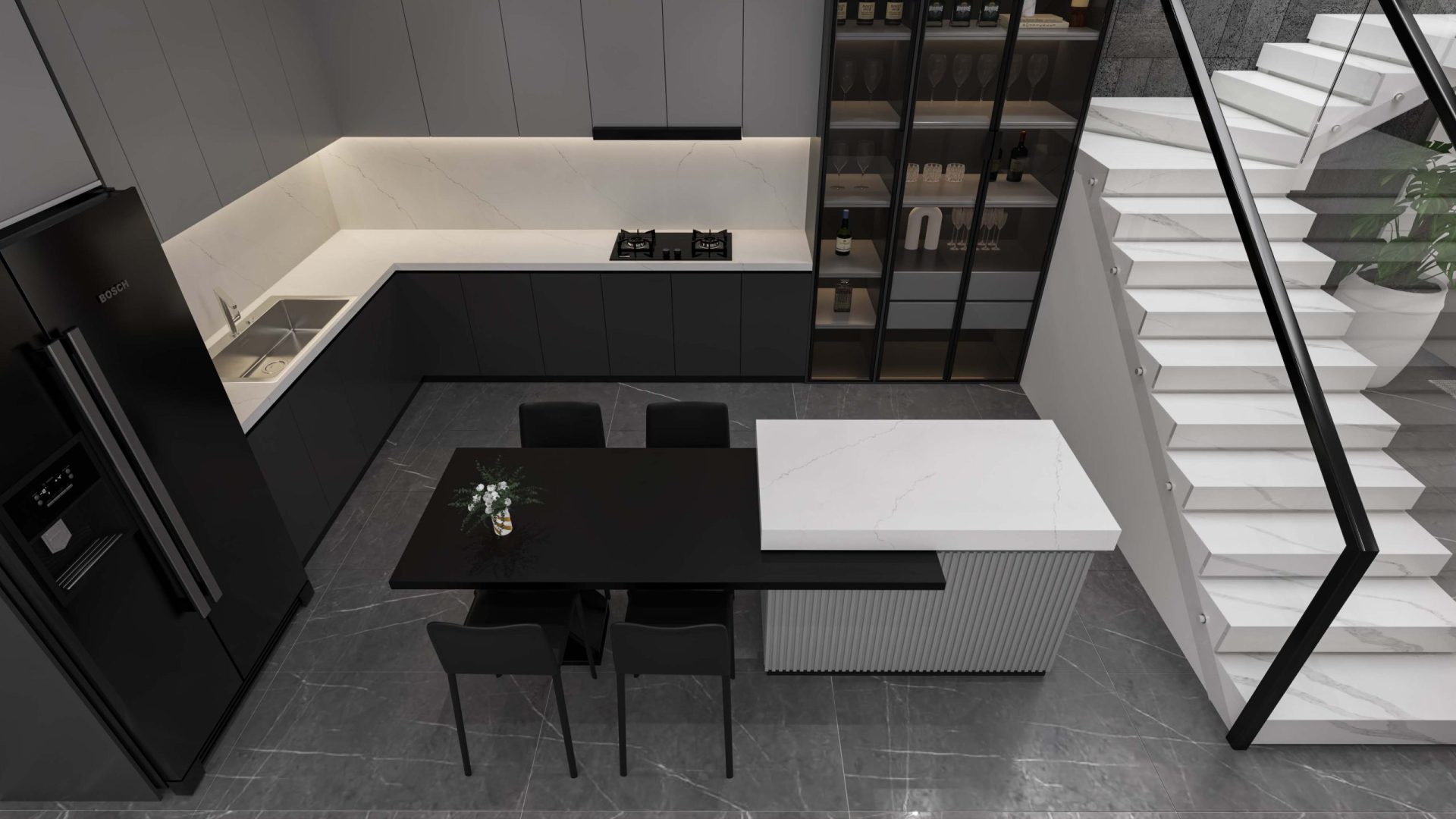Quartz is a naturally occurring mineral composed primarily of silicon dioxide. It may appear in a wide range of geological environments and often takes the form of large crystals or grains in sand and sandstone. Quartz is used across the world for lining interior and exterior surfaces due to its natural luster and natural properties. Read on to gain some insight about how quartz is made. There is quite an interesting process that goes into making the material ready for use.
The First Steps of How Quartz is Made
- Locating Quartz Deposits
The detection and collection of raw quartz from the environment is the first step in the process. There are reserves of these materials all throughout the globe, including Brazil, the US, and Madagascar.
- Extracting Raw Quartz
When the quartz has been found, it is removed from the soil using a variety of mining methods, including open-pit and underground mining. After extraction, contaminants are eliminated by processing.
Manufacturing Synthetic Quartz
- Crushing and Grinding
The raw quartz is broken and ground into small pieces after it has been taken out of the earth’s surface. This step is very important for making granules that are all the same size. These granules are subsequently combined with resins and colours to make fake marble slabs.
- Mixing with Resin and Pigments
Using polymer resin, colours, and ground quartz together makes a hybrid material. Natural stone-looking colours and shapes can be made by changing this mixture. This is one of the essentials steps of how quartz is made.

- Molding and Curing
After the substance has been placed into moulds, it is cured. In order to make sure the end result is sturdy and won’t easily chip or fade, this method hardens the material by heating it.
Finishing and Polishing
- Cutting and Shaping
Quartz slabs are shaped and trimmed to size once they have cured. Making quartz surfaces, tiles, and other goods is all achieved during this stage. The type of cut or shape to be made depends on the intended use of the finished product.
- Surface Polishing
Finally, the surface is polished to a shiny, smooth finish. This serves to both improve the visual appeal and offer an extra layer of protection. Polishing is a crucial step as it ultimately creates the kind of appearance that is desired for any application.
Applications and Uses of Quartz
- Quartz Countertops
Quartz is often used for countertops in bathrooms and kitchens. Worktops crafted from this material are renowned for their strength, lack of porosity, and variety of design possibilities.

- Other Applications
Quartz is used for many other purposes than worktops, such as wall cladding, flooring, and even jewellery. It is a highly demanded material in architecture and design due to its adaptability and visual attractiveness.
From mining for raw quartz to fabricating synthetic surfaces that are both aesthetically pleasing and very practical, there are several stages in the quartz production process. Given its beauty and resilience, quartz is still a popular option for countertops and other uses.
If you want to know more about the best quartz countertop, vanity top and threshold options, get in touch with us. Our proven expertise can be just what you need to add beauty and decadence to your interiors.
See more:


















